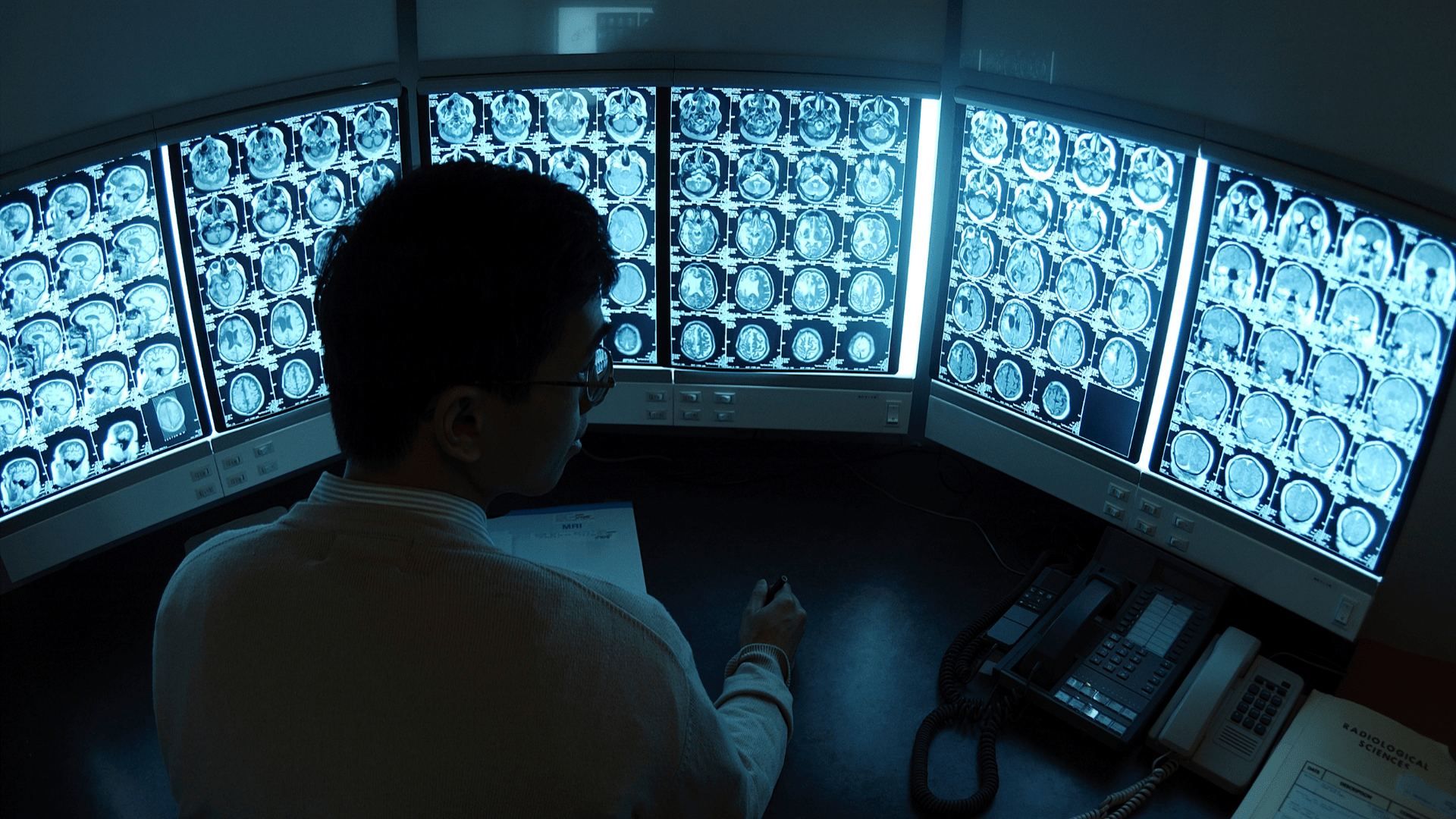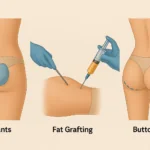Radiology is the science of using radiation to diagnose and treat diseases using imaging techniques. Radiologists can visualize organs, tissues and structures within the body in detail using a variety of imaging techniques. These images play an important role in diagnosing diseases, treatment planning and monitoring the treatment process.
Some common imaging techniques and methods used in the radiology department are as follows:
- X-ray (X-rays): X-ray examination of the skeletal system, lungs, chest, abdomen and other organs.
- Computed Tomography (CT): An X-ray-based imaging technique that allows 3D images to be obtained. It is used for detailed visualization of structures such as the skeletal system, internal organs, vessels and the brain.
- Magnetic Resonance Imaging (MRI): An imaging technique using magnetic fields and radio waves. It is preferred for detailed visualization of soft tissues, organs, brain and nervous system.
- Ultrasonography: An imaging technique using high frequency sound waves. It is used in many areas such as pregnancy follow-up, evaluation of abdominal organs, thyroid, breast, musculoskeletal system.
- Mammography: An X-ray-based imaging method used in breast cancer screening.
- Nuclear Medicine: An imaging method in which radioactive substances are introduced into the body and organ functions are examined. Nuclear medicine methods such as bone scintigraphy and PET (positron emission tomography) are used.










